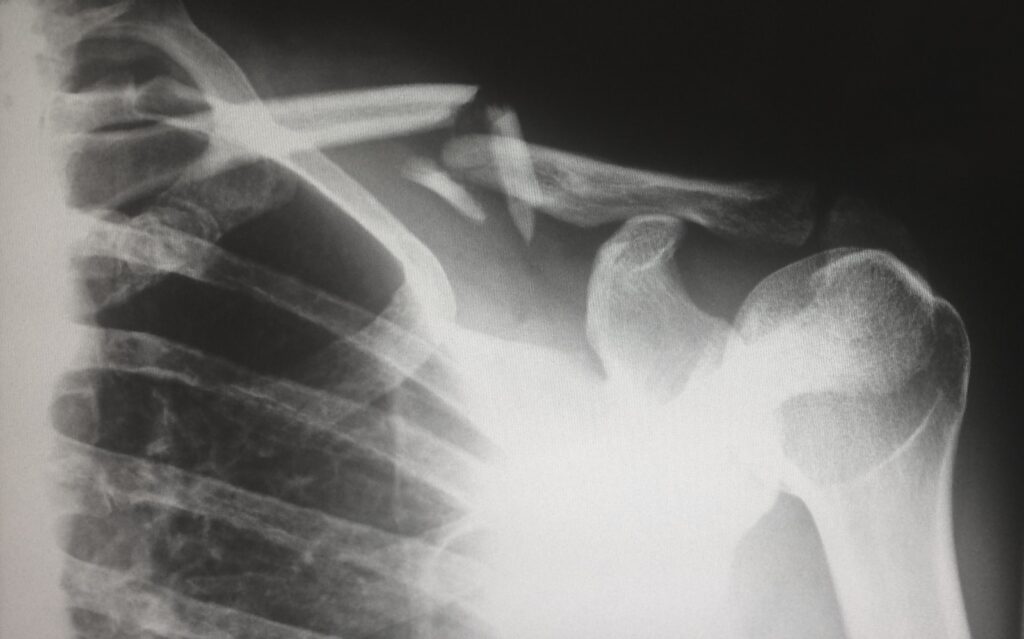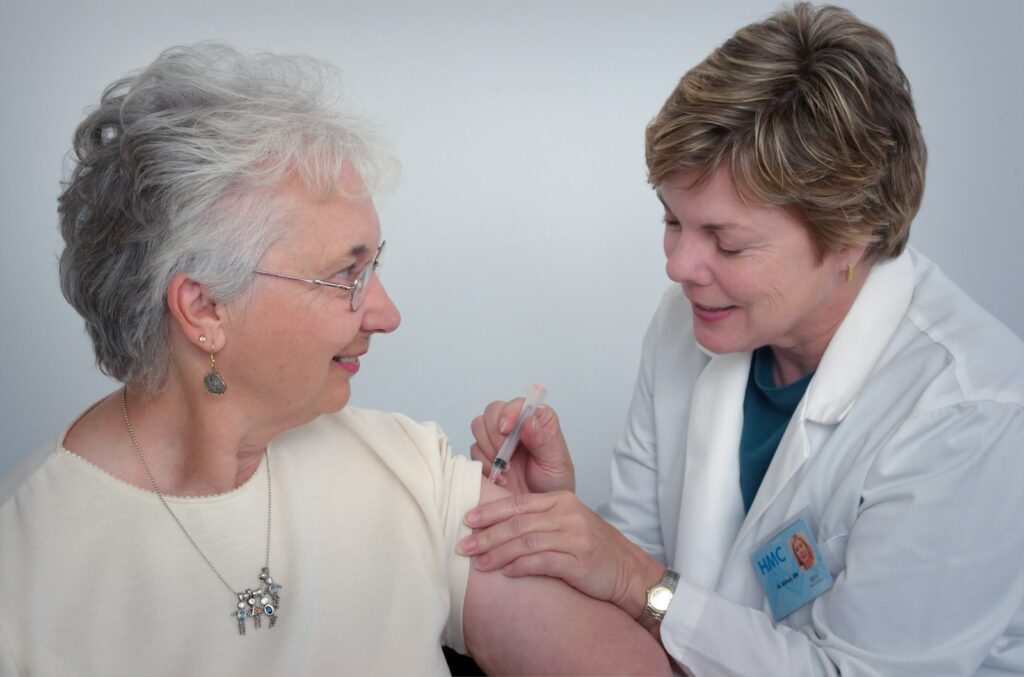Ever feel like you’re aging overnight? Well, experts have identified two specific ages when the process really speeds up.
Don’t worry, 20-somethings, you’re still in the clear — for now. But if you’re nearing your mid-40s or early 60s, there’s a bit more to think about when it comes to staying youthful.
Understanding Aging

In a study published in August, scientists have shed light on the biological changes that lead to aging. The research, called Nonlinear Dynamics of Multi-Omics Profiles During Human Aging, tracked 108 participants aged 25 to 75.
Their bodies were monitored over a period ranging from 1.7 to 6.8 years, revealing a deeper understanding of molecular changes.
Molecules and Microbes

Researchers examined 135,000 molecules and microbes from samples of blood, skin, and even stool. Interestingly, they discovered that these biological components don’t change gradually over time.
Instead, they undergo significant shifts at certain ages. These shifts coincide with an increased risk of age-related health issues such as cardiovascular diseases and musculoskeletal problems.
The Ages We All Need to Dread?

According to the study, the two ages when aging spikes are 44 and 60. “We’re not just changing gradually over time. There are some really dramatic changes,” said Prof. Michael Snyder, senior author of the study.
He explained that these changes occur across various classes of molecules, adding that the mid-40s and early 60s are critical turning points.
Why Does This Happen?

As we hit our mid-40s, the ability to process fats and sugars takes a dive due to shifts in lipid metabolism. Bones also begin to weaken, a change that is particularly evident in women.
By the time we reach our early 60s, our immune function slows, leading to an increased risk of diseases like diabetes, kidney disease, and heart problems.
Can You Slow Down Aging?

Thankfully, there are ways to counteract some of these changes. “You really do want to take care of yourself as you approach these periods,” Snyder advised.
Eating healthier can help offset the decline in lipid metabolism that shows up in your 40s. And in your 60s, strength training becomes essential to combat the natural loss of muscle mass.
Stay Ahead of the Changes

Snyder also emphasized the importance of regular check-ups. “Always try to track yourself with specific check-ups so you can make sure things are going fine during these periods,” he said.
This helps catch any health issues early and keeps you on top of the changes in your body.
The Bottom Line

While the aging process is inevitable, knowing when it accelerates gives us a chance to prepare. Whether you’re nearing 44 or 60, taking steps like improving your diet and incorporating strength training into your routine can make a world of difference.
Regular health check-ups will also help you stay ahead of the game — because aging doesn’t have to be a race against time.



















































